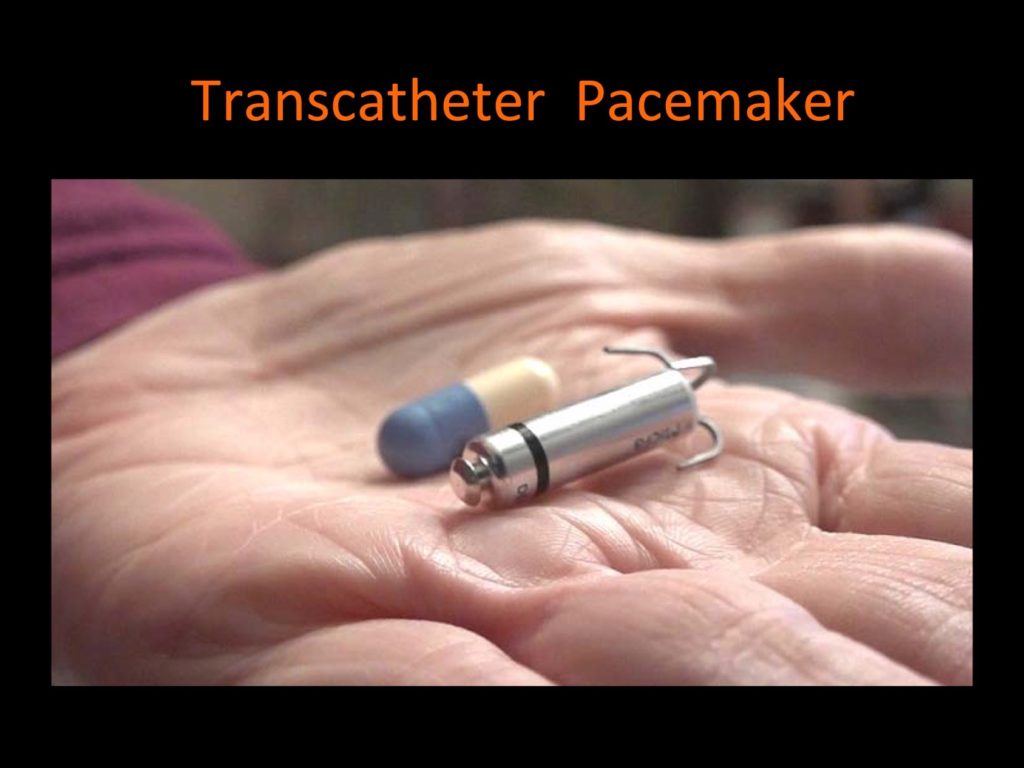Before I knew there was clay
Ceramic art has not always been my professional focus. In my youth, I enjoyed drawing and sketching, and during my high school years I took fine arts classes at the Baltimore Institute of Art. My father, David, was a mechanical engineer and I expected to follow in his footsteps as an engineer or scientist.
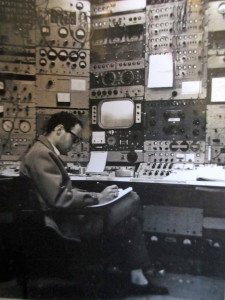 After graduating from the Baltimore Polytechnic Institute, an excellent science and engineering high school in Baltimore Maryland, I attended Johns Hopkins University and received a BS in physics with the highest honors. I then moved to California to pursue graduate studies at Stanford University. There I earned my master’s degree and my PhD in high-energy physics and solid-state physics.
After graduating from the Baltimore Polytechnic Institute, an excellent science and engineering high school in Baltimore Maryland, I attended Johns Hopkins University and received a BS in physics with the highest honors. I then moved to California to pursue graduate studies at Stanford University. There I earned my master’s degree and my PhD in high-energy physics and solid-state physics.
At Stanford I planned an academic career, but, while designing and constructing the equipment for my thesis experiments, I realized that I was more interested in creating new, useful instruments (Figure 1). Thus, after Stanford, I worked with a colleague Hans Zulliger to found a new company based on the instruments we had built at Stanford – X-rayflorescence analyzers. In those days venture capital was a young endeavor, so we relied on what are today called “angel investors,” early-stage individual investors.
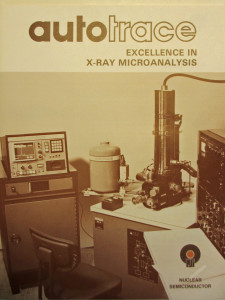 At our company, Nuclear Semiconductor Inc., we successfully developed X-ray analytical spectrometers (Figure 2) based on this X-ray florescence technology. These instruments were used by industry to analyze semiconductors and other high performance material for defects, by museums to authenticate art, and by academia for materials research. Relying on my drawing skills, I often designed mechanical equipment myself. Tracor Northern purchased our company and, after mergers, is now a part of Thermo Fisher Scientific.
At our company, Nuclear Semiconductor Inc., we successfully developed X-ray analytical spectrometers (Figure 2) based on this X-ray florescence technology. These instruments were used by industry to analyze semiconductors and other high performance material for defects, by museums to authenticate art, and by academia for materials research. Relying on my drawing skills, I often designed mechanical equipment myself. Tracor Northern purchased our company and, after mergers, is now a part of Thermo Fisher Scientific.
I was recruited to work for Raychem Corporation in Menlo Park in California, not far from my home in Portola Valley. Raychem was a material science company that created proprietary materials and products used in the energy, electronics, automotive and telecommunication industries. Within a few years, I became 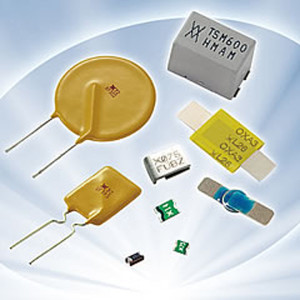 Senior Director of Technologies. During my tenure in R&D, I invented and developed several conductive polymer devices that were used to protect electronic circuits from over-temperature and over-current conditions. This product line, called Polyswitch (Figure 3), grew to be nearly a five hundred million dollar business protecting mobile phones, small motors, automobiles, and telephone equipment. Many of my 35 US patents relate to this new product line.
Senior Director of Technologies. During my tenure in R&D, I invented and developed several conductive polymer devices that were used to protect electronic circuits from over-temperature and over-current conditions. This product line, called Polyswitch (Figure 3), grew to be nearly a five hundred million dollar business protecting mobile phones, small motors, automobiles, and telephone equipment. Many of my 35 US patents relate to this new product line.
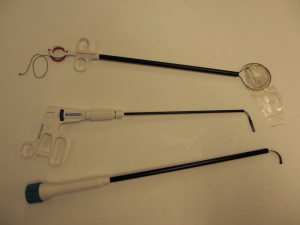 My final job at Raychem was as General Manager of the Medical Ventures. Of particular interest were the arthroscopic surgical instruments (Figure 4) we developed using Raychem’s shape memory alloys. I patented numerous medical products based on this and other Raychem technologies. When Raychem decided to license the medical technology rather then spin off a new venture, I decided to move on. I joined Nellcor Corporation as Senior Director of sensor technology. Nellcor is best known for its successful commercialization of low cost pulse oximetry (Figure 5). Pulse oximetry is a procedure used to measure the oxygen level (or oxygen saturation) in the blood. It is considered to be a noninvasive, painless general indicator of oxygen delivery to the peripheral tissues. Over the next few years I became Vice President of R&D for the Hospital Division, Nellcor Puritan Bennett (with sales of $1billion).
My final job at Raychem was as General Manager of the Medical Ventures. Of particular interest were the arthroscopic surgical instruments (Figure 4) we developed using Raychem’s shape memory alloys. I patented numerous medical products based on this and other Raychem technologies. When Raychem decided to license the medical technology rather then spin off a new venture, I decided to move on. I joined Nellcor Corporation as Senior Director of sensor technology. Nellcor is best known for its successful commercialization of low cost pulse oximetry (Figure 5). Pulse oximetry is a procedure used to measure the oxygen level (or oxygen saturation) in the blood. It is considered to be a noninvasive, painless general indicator of oxygen delivery to the peripheral tissues. Over the next few years I became Vice President of R&D for the Hospital Division, Nellcor Puritan Bennett (with sales of $1billion).
 Mallinckrodt Corporation acquired Nellcor Puritan Bennett and I participated in the integration of the two companies. Needing a change, I decided to take nine months off for travel and to explore art. That led to taking ceramics art classes at the Palo Alto Art Center and Foothill College. When it was time to return to the high-tech world, I decided ceramic art would be a great new career. So here I am!
Mallinckrodt Corporation acquired Nellcor Puritan Bennett and I participated in the integration of the two companies. Needing a change, I decided to take nine months off for travel and to explore art. That led to taking ceramics art classes at the Palo Alto Art Center and Foothill College. When it was time to return to the high-tech world, I decided ceramic art would be a great new career. So here I am!
Recently I found that one of the medical concepts that I patented at Raychem is now being used to implant pacemakers into the heart using a cannula and shape memory metal. It is called a transcatheter pacemaker. Amazing to see the continuation of my designs.
